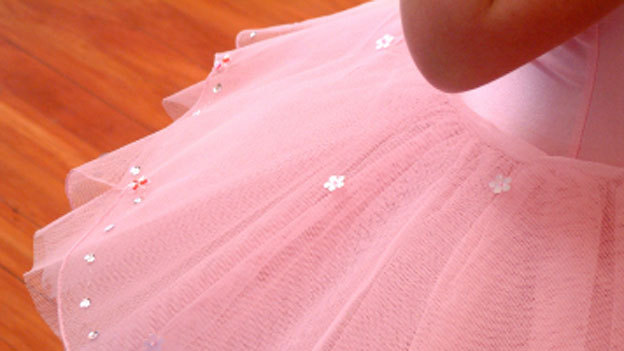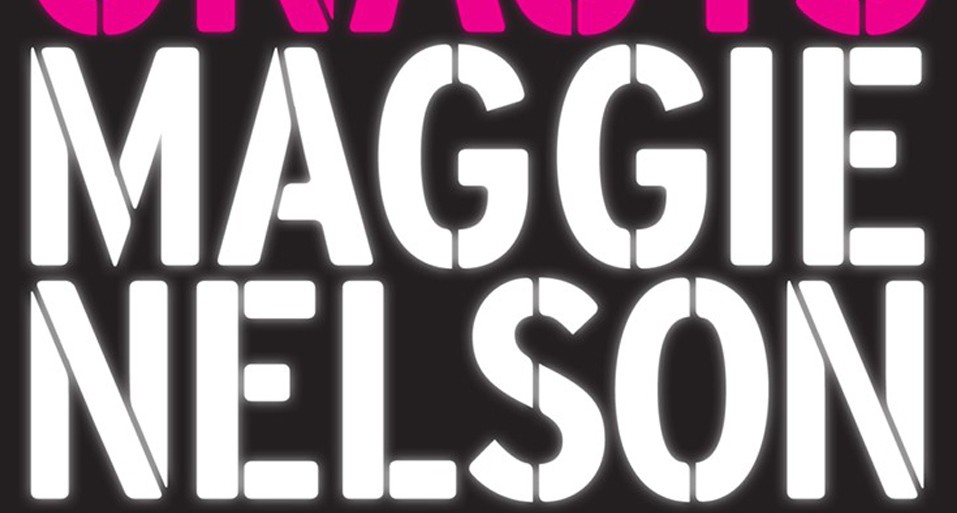
In Cinderella Ate My Daughter: Dispatches from the Front Lines of the New Girlie-Girl Culture (2011), Peggy Orenstein critically examines the ubiquitous marketing of feminized products to young girls, and she includes many interesting tidbits about this rampant girlie-girl culture. For example, in the Disney Princess product line, the characters never look at one another. Orenstein explains that when Andy Mooney went to a “Disney on Ice” show, he saw lots of little girls sporting homemade princess outfits. He realized the economic potential of creating a Disney Princess line, but when he conceptualized marketing the princesses together, some “old-timers like Roy Disney considered it heresy to lump together those from different stories. That is why, these days, when the ladies appear on the same item, they never make eye contact. Each stares off in a slightly different direction, as if unaware of the others’ presence” (13-14). By providing cultural context for the emergence of this line and information about its jaw-dropping success, in less than a decade, sales reached four billion dollars, Orenstein challenges the reader to question how these Princess products became so popular and why they remain so.
While Orenstein has a strong feminist-perspective throughout the book, she largely ignores homosexuality and completely ignores transgenderism. Orenstein makes only three references to homosexuality or bisexuality. In the first, she relays surprise that a child with “Two Mommies, showed up to school every single day dressed in a Cinderella gown. With a bridal veil” (3). While Orenstein may have been attempting to convey the extensive reach of the princess line, with this remark, Orenstein actually reinforces the stereotype that lesbians are not feminine and would automatically disdain such frilly, girlie playthings. In this way, she fails to recognize how lesbians are continually exposed to the same marketing ploys and societal ideals as their heterosexual counterparts. Nonetheless, Orenstein does redeem herself later in the text when she says that she hopes her daughter meets her “Prince (or Princess) Charming.” The only other LGBTQI allusion she makes is when she lists the types of dolls that do not exist, and she includes “Bi-Curious Spice.” Again, this attempt at inclusion is more progressive than many books, but it still falls short because she lends credence to the notion of bicuriousity, which maintains the underpinnings of heterosexualism, thereby undermining the existence of bisexuality entirely.
Nonetheless, Orenstein offers a refreshing feminist perspective of the girls’ lives being awash in pink. However, since the book targets laypeople, many readers will simply find a catalogue of the most common feminist dogma on the issue, with some intriguing facts, statistics, and quotes interspersed, rather than new, groundbreaking ideas.





 Today, July 26th, is National Disability Independence Day. This annual commemoration marks the day in 1990 when the Americans with Disabilities Act (ADA) was signed into law. The ADA enshrined several crucial civil rights protections for individuals with disabilities, but it still falls short of its intended goals after over 30 years on the books.
Today, July 26th, is National Disability Independence Day. This annual commemoration marks the day in 1990 when the Americans with Disabilities Act (ADA) was signed into law. The ADA enshrined several crucial civil rights protections for individuals with disabilities, but it still falls short of its intended goals after over 30 years on the books.